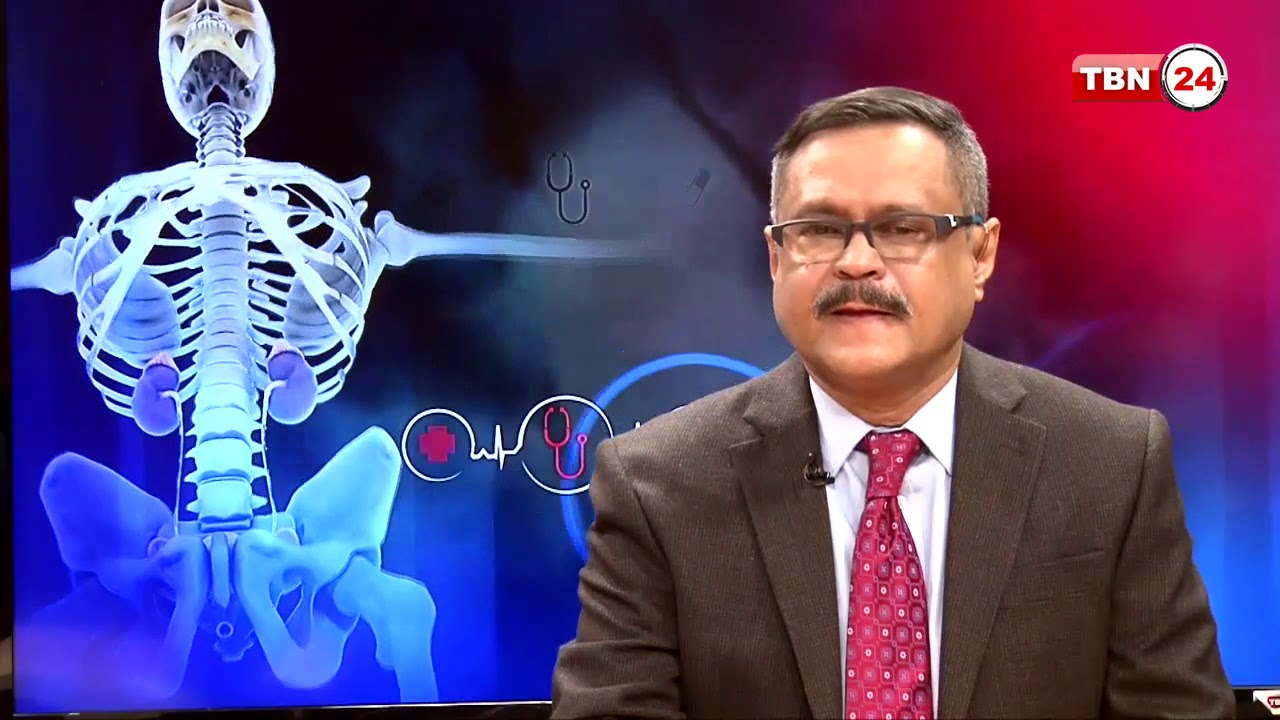Symptoms of heavy menstrual cycles, infertility, and abdominal pain may be due to the develop of tissue lining outside the uterus. The area outside the uterus is called the endometrium. The key players for this condition, called endometriosis, are the ovaries, tissue lining the pelvis, and the fallopian tubes. The tissue becomes displaced but still operates as if all is normal. Therefore, the tissue, just like during a period, thickens, breaks down, and bleeds. This displaced tissue has no way to exit the body and this trapped tissue can now cause problems. The ovaries can become involved and cysts can start to form. The existing healthy tissue can become irritated having to interact with the displaced tissue and scar tissue can form.
A person who has endometriosis has increased pelvic pain when having their menstrual cycle. Painful periods are called dysmenorrhea. Periods also have excessive bleeding and bleeding can occur between cycles. Also, during this time, the low back can start to hurt. Sexual intercourse can be painful. Bowel movements and urination can be painful too.
This condition can be caused by retrograde menstruation. This occurs when the endometrial cells flow back through the fallopian tubes and into the pelvic cavity instead of out of the body. Levels of estrogen can actually transform embryotic cells. It is possible that endometrial cells attach to areas that had a surgical incision such as a hysterectomy or C-section. Sometimes endometriosis is discovered when a woman goes to seek treatment for infertility Immune system disorders can cause this problem. The blood vessels might also carry endometrial cells to other parts of the body (endometrial cell transport).
Women who have never given birth, those going through menopause at an older age, those with high levels of estrogen, having a low body max index, or someone who started their period at an earlier age, are all at increased risk to develop endometriosis.
For diagnosis, a doctor can perform a pelvic exam, ultrasound, magnetic resonance imaging (MRI), and/or a laparoscopy (looking at the abdomen). There is no cure for this condition, but you can treat the symptoms. Massaging the lower stomach and lower back can release some of the tension and discomfort. Performing yoga has also been known to help with pain management by holding certain poses that bring blood flow to the area. Overall, yoga can help with stress to the mind and body. Some people with endometriosis experience nausea so ginger can assist. A diet rich in anti-inflammatory foods is also advised and foods such as dairy, anything fried, and red meat should be reduced. Anti-inflammatory foods include berries, walnuts, olive oil, cherries, green leafy vegetables, walnuts, and fatty fish. Turmeric is also good to have which can be consumed as a tea or can be used as a spice. Bromelain is an enzyme found in foods such as pineapple. It can also be taken as a natural supplement that specifically reduces pelvic pain. Finally, applying heat to the area can help with the pain. Using a heating pad for this or even sitting in a sauna can help.
Endometriosis is often hard to detect, but it can be helped. Discomfort is normal during a period, but pain is not. Whenever the body is speaking, one should seek medical attention to find a solution. The displaced tissue should not wreck havoc on your health.
https://www.nichd.nih.gov/health/topics/endometri/conditioninfo/treatment
https://www.mayoclinic.org/diseases-conditions/endometriosis/diagnosis-treatment/drc-20354661



